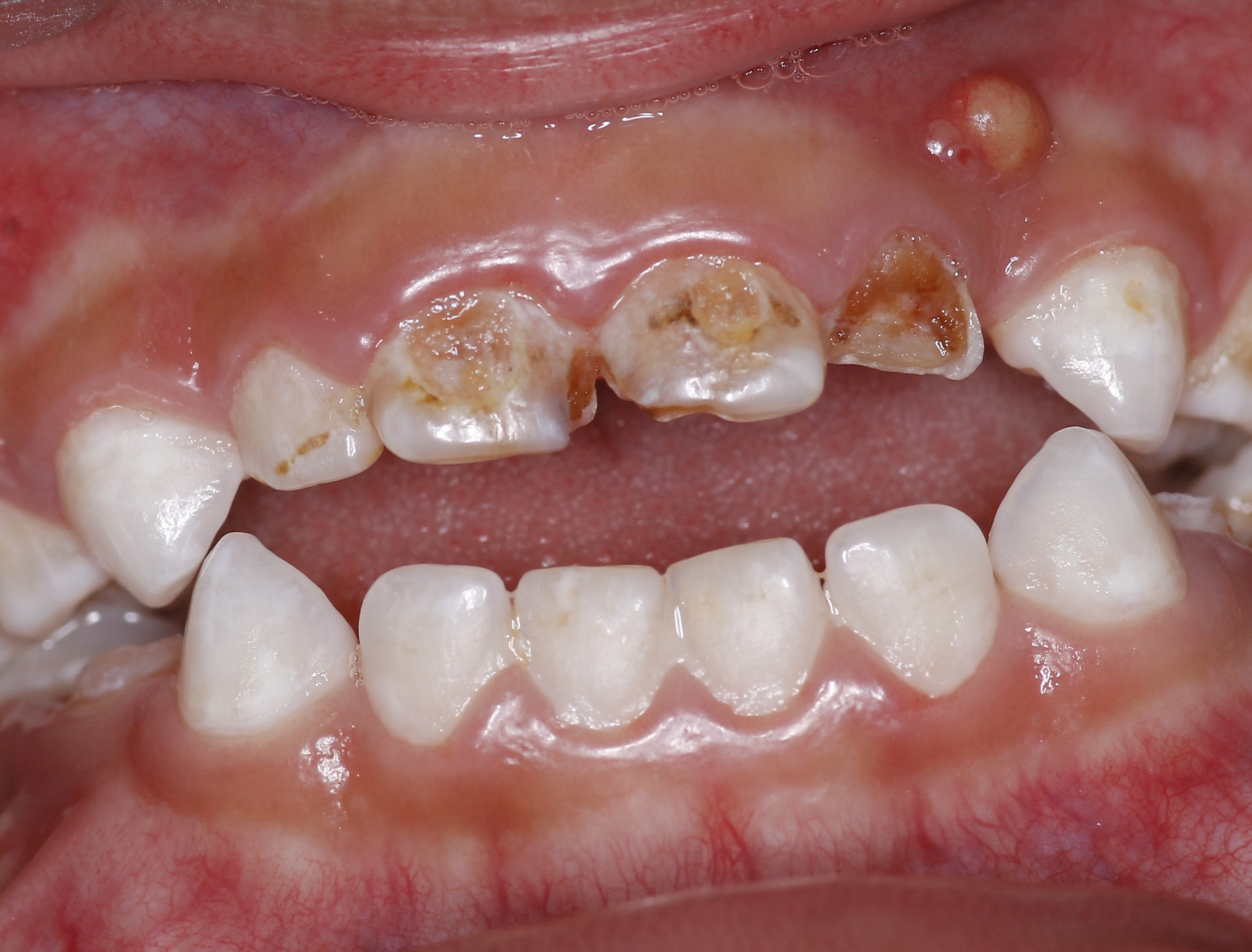IADR Abstract Archives
Oral Health and Quality of Life in Andean Preschoolers
Objectives: The aim of the present work was to analyze the oral health status and its relationship with the quality of life of preschool children in an Andean and vulnerable community in Peru.
Methods: The observational, correlational, prospective and cross-sectional study was conducted on a sample of 120 children aged 3-5 years. A pilot study was carried out to calibrate, to analyze the reliability of measurements (ICC intra-examiner = 0.885 and ICC inter-examiner = 0.821) as well as to identify the degree of internal consistency (Cronbach's alpha = 0.806) of the Early Childhood Oral Health Impact Scale (ECOHIS) questionnaire in oral health-related quality of life (OHRQoL). Early childhood caries (ECC) was determined using the dmft index. Malocclusions were considered to be: overjet greater than 3 millimeters, anterior open bite, anterior crossbite, bis to bis bite and anterior deep bite. The ECOHIS scores were summarized with measures of central tendency and dispersion. Oral factors and variables were analyzed univariate and bivariate using the Mann Whitney U test and Kruskal-Wallis test. Spearman correlation and linear regression analysis was performed to identify the factors and the extent to which they explained the ECOHIS score.
Results: Multiple linear regression analysis by least squares method only included as significant (p <0.05) the contribution of dmft to explain the ECOHIS score, leaving aside variables such as gender, age, malocclusion and simplified oral hygiene index. The estimated regression model was ECOHIS Scores = 11.67 + 0.79 * dmft, where ECOHIS scores increased by 0.79 for each unit gain of dmft, and the variability of the scores obtained is explained by the dmft in an R2 = 30% (p <0.001).
Conclusions: There is an impact of ECC on OHRQoL among Andean preschoolers in Peru, and their families.
Methods: The observational, correlational, prospective and cross-sectional study was conducted on a sample of 120 children aged 3-5 years. A pilot study was carried out to calibrate, to analyze the reliability of measurements (ICC intra-examiner = 0.885 and ICC inter-examiner = 0.821) as well as to identify the degree of internal consistency (Cronbach's alpha = 0.806) of the Early Childhood Oral Health Impact Scale (ECOHIS) questionnaire in oral health-related quality of life (OHRQoL). Early childhood caries (ECC) was determined using the dmft index. Malocclusions were considered to be: overjet greater than 3 millimeters, anterior open bite, anterior crossbite, bis to bis bite and anterior deep bite. The ECOHIS scores were summarized with measures of central tendency and dispersion. Oral factors and variables were analyzed univariate and bivariate using the Mann Whitney U test and Kruskal-Wallis test. Spearman correlation and linear regression analysis was performed to identify the factors and the extent to which they explained the ECOHIS score.
Results: Multiple linear regression analysis by least squares method only included as significant (p <0.05) the contribution of dmft to explain the ECOHIS score, leaving aside variables such as gender, age, malocclusion and simplified oral hygiene index. The estimated regression model was ECOHIS Scores = 11.67 + 0.79 * dmft, where ECOHIS scores increased by 0.79 for each unit gain of dmft, and the variability of the scores obtained is explained by the dmft in an R2 = 30% (p <0.001).
Conclusions: There is an impact of ECC on OHRQoL among Andean preschoolers in Peru, and their families.


